Cart
Analog mixing desk
Voir les marques
Filters
Filter
138
Results :
Products per page
Sort

99.00 €
89.00 €
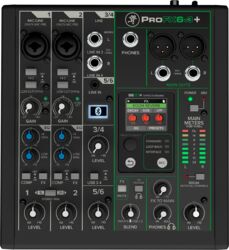
334.00 €
269.00 €

159.00 €
142.00 €
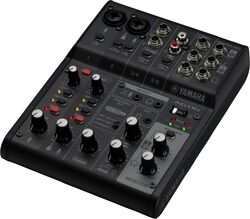
449.00 €
202.00 €

534.00 €
369.00 €

778.80 €
643.00 €

245.00 €
179.00 €
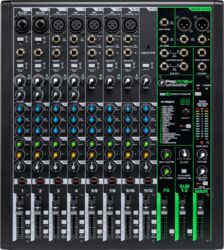
445.00 €
344.00 €

1414.80 €
1130.00 €
Sales
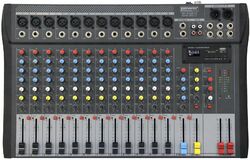

305.00 €
249.00 €

390.00 €
229.00 €
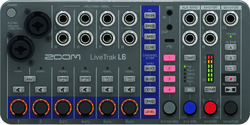
379.00 €
333.00 €

436.80 €
298.00 €
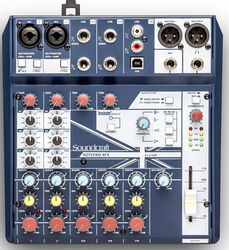
240.00 €
145.00 €

189.00 €
149.00 €
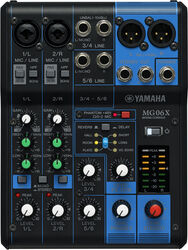
264.00 €
185.00 €

180.00 €
138.00 €
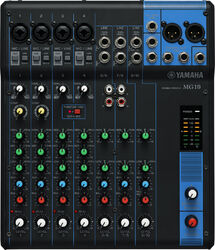
279.60 €
209.00 €
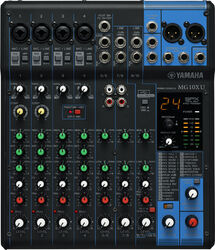
392.40 €
279.00 €
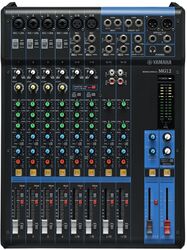
482.40 €
345.00 €
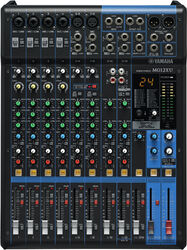
604.80 €
429.00 €

734.40 €
549.00 €

579.00 €
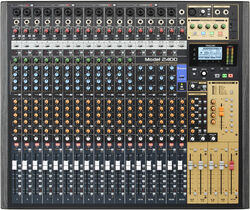
2499.00 €
2002.00 €
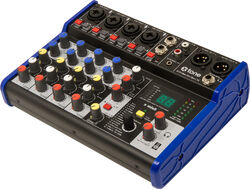
129.00 €
115.00 €
Sales


355.00 €
279.00 €
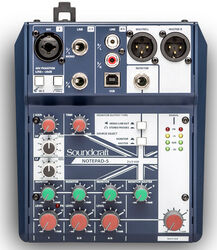
192.00 €
143.00 €
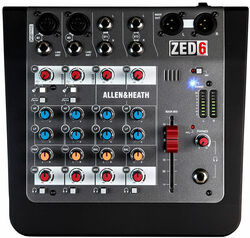
138.00 €

751.00 €

173.00 €
139.00 €
Brands in the category : Analog mixing desk
See more




















